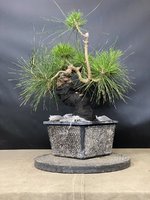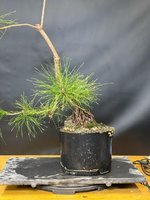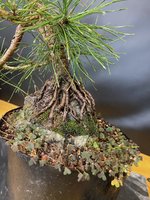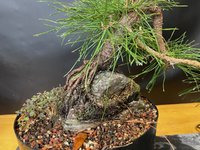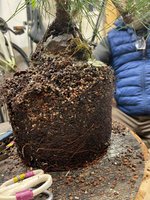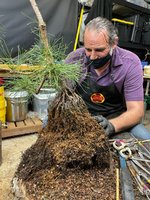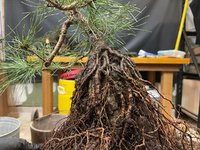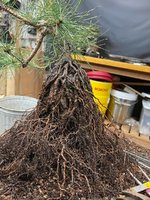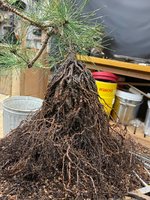Scott, I've read a bunch of your posts concerning JBPs, my knowledge is dwarfed by my ignorance. Been a member of WPB Fl Bonsai Club since 1979, killed a lot of trees!
I planted a Pinus elliottii with a Pinus clausa Witches broom next to my house. In 2019 I bought 100 JBPs in 4" bulb pans to use for root stock. I did side veneer grafts from Dec to June- I had 2% success rate rather than 98% failure! The two grafts are exploding with growth, I cut off the JBP apex last summer, all growth is on the Witches Broom. The full size length of the needles is .75" to 1.25". I'm about to re-pot both into stoneware pots and do the first branch placement and wiring this week- counted 27 potential branches in a 8" tree!
Do you know of a source of southern grown JBPs in jiffy pots, the 100 JBPs were from Oregon and are still on Oregon time. The trunks are 1/2" + , too big for the scions. I'm driving to visit a buddy w of Ft. Worth in Azle soon.
Thanks, Millard
balfreymill@yahoo.com

